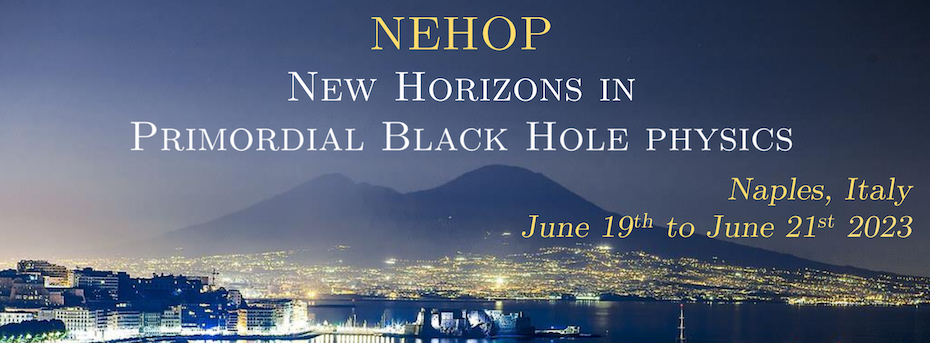Conveners
Session 4
- Chair: Luca Visinelli
The primordial black hole (PBH), a hypothetical rare object, is one of the candidates for dark matter. This is made by the gravitational collapse of the region of large curvature perturbation. Though one often adopts the perturbation theory for the growth of the fluctuation, it may fail in the case of large perturbation associated with PBHs. This problem is resolved by the non-perturbative...
Coupling the inflaton field to light degrees of freedom can lead to the former dissipating its energy into a thermal bath. The temperature fluctuations of this bath act as a source for inflaton perturbations. This can potentially lead to an enhancement of the primordial power spectrum $\mathcal{P}_\mathcal{R}$ and the subsequent increased production of primordial black holes (PBHs). We propose...
Primordial Black Holes (PBHs) have recently attracted ample attention as they may explain some of the LIGO/Virgo/KAGRA observations and significantly contribute to the dark matter in our universe. The standard formation scenario assumes PBHs form out of the collapse of large radiation over-densities in the early universe.
We present the computation of PBHs mass fraction in the presence of...
It is generally thought that the supermassive black holes (SMBH) of mass $M \sim 10^{8}-10^{10} M_\odot$ ubiquitous in galactic nuclei grew from initially low mass seeds through the processes of accretion and mergers. Eddington-limited growth, however, is insufficient to explain the surplus of SMBH observed at high redshift $z \sim 6$, when the age of the universe was less than 1 Gyr. An...
I review the observational evidence for primordial black holes (PBHs) from a variety of lensing, dynamical, accretion and gravitational-wave effects. This is a shift from the usual emphasis on PBH constraints. Microlensing observations of stars and quasars suggest that PBHs of around 1 M⊙ could provide most of the dark matter in galactic halos and intergalactic space, especially if they have...
We will discuss constraints on the abundance of primordial black holes of masses around 10^20 g that may result from their cature by main sequence stars in dwarf galaxies, with subsequent destruction of the infected stars. We show that capture of PBH at the stage of star formation is efficient and may significantly affect the star population in some of the observed dwarf galaxies -- those...

